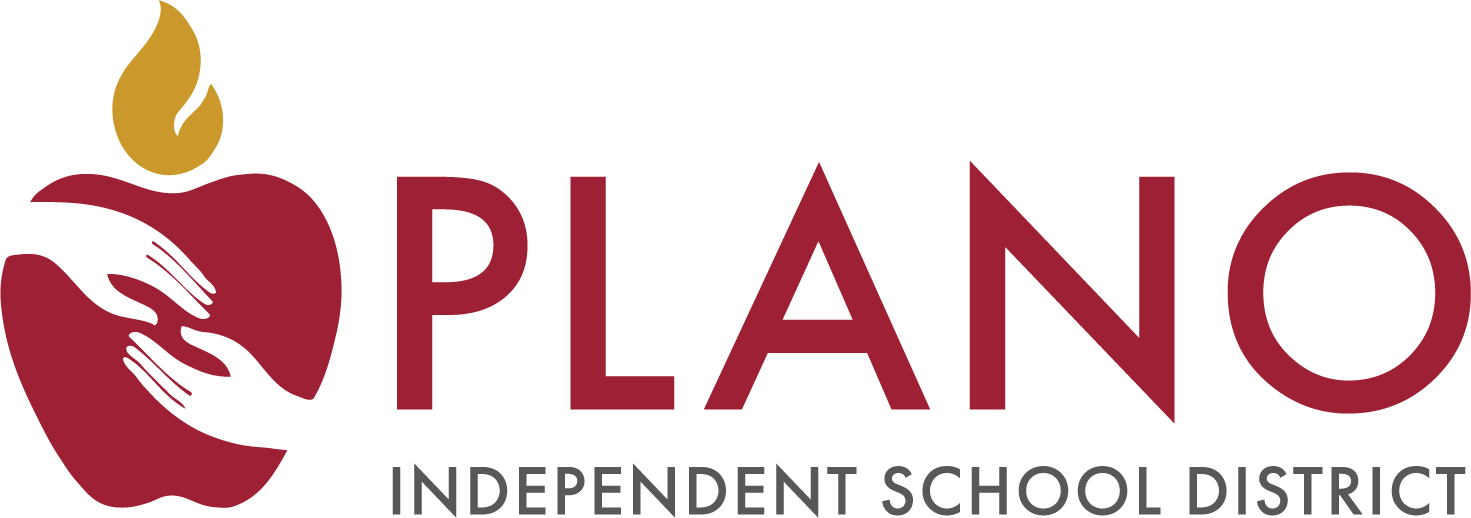Counseling Services
Page Navigation
- Counseling Services Home
- About Counseling Services
- Academic Planning
- Community Resources
- Mental Health
- School Social Workers
- Hope Squad
- Prevention & Wellness
- Mental Health Virtual Library
- Staff Resources
- Transcript and Records Requests
- Financial Aid Graduation Requirements
- GPA
- Parent Preview SB9
- Financial Aid Workshops
- Plano Independent School District
- Prevention & Wellness
-
Substance Use Prevention
The information provided is to provide students and parents with awareness and support about drug and alcohol prevention.
Substance abuse can begin as early as late elementary school or middle school. It is defined as improper use, overindulgence, or overdependence on substances for mood-altering purposes
Helpful Links
- Marijuana and Teens
- Drug Free Texas Parent Resources
- Parenting to Prevent Childhood Alcohol Use
- Why You Should Talk With Your Child About Alcohol and Other Drugs | SAMHSA
- Opioid Crisis | Office of the Attorney General
- Resources for Families Coping with Mental and Substance Use Disorders | SAMHSA
- Know the Risks of Marijuana | SAMHSA
- Resources
- Fequently Asked Questions
-
Get Help
Substance Abuse and Mental Health Services Administration
SAMHSA’s National Helpline is a free, confidential, 24/7, 365-day-a-year treatment referral and information service (in English and Spanish) for individuals and families facing mental and/or substance use disorders.
Call: 1-800-662-HELP (4357)
-
Warning Signs
Warning signs of substance abuse include:
- Change in friends
- Memory problems
- Poor concentration
- Secrecy
- Change in appearance
- Extreme emotional highs and lows
-
Talking to Your Child About Substance Abuse
(American Academy of Child & Adolescent Psychiatry, 2019)- Ask what they have heard about using drugs. Listen carefully, pay attention, and try not to interrupt. Avoid making negative or angry comments.
- Explain that their brain is continuing to develop and mature into their 20s. While it is still growing, there is greater risk of harm from substance use, including marijuana use.
- Ask your child to give examples of the effects of drugs to ensure their understanding.

-
Whom to contact regarding your student’s concerns
For your student’s substance abuse, social, emotional, and behavioral concerns:- Please contact your campus Counselor.
For your student’s discipline:
- Please call your campus Assistant Principal.
Regarding legal consequences for your student:
- Please contact your campus School Resource Officer (SRO).
| Drug | Trend |
|---|---|
| Fentanyl | ● Now the number one cause of overdose deaths in the country. ● The synthetic opioid is 100 times more potent than morphine. ● It has recently shown up laced with marijuana in area high schools, resulting in teen hospitalizations |
| Concentrated Tetrahydrocannabinol (THC) “Dabs” | ● Increasing in popularity among adolescents in Collin County. ● Its appearance is thick, yellowish, and glassy. ● It is made from marijuana strains that contain as much as 25% THC. ● The average cost is between $70 to $100 for ½ gram. ● THC this intense can do irreparable damage to the developing adolescent brain affecting memory, cognitive rational reasoning, and motivation. |
| K2 | ● An herbal incense with unpredictable side effects including hallucinations, vomiting, agitation, tremors and seizures.
● K2 is legal in Texas, adolescents must be 18 to purchase it. |
| Substance | Dangers | Statistic |
|---|---|---|
| Alcohol | Excessive use can lead to risk-taking behavior, including driving while impaired. | Adults ages 26 and older who began drinking before the age of 15 are nearly 6 times as likely to have an alcohol use disorder than those who waited until 21. |
| Marijuana | Marijuana is much stronger today than in decades past. It can impair judgment and distort perception in the short term and can lead to memory impairment in the long term. | Approximately 4.8 million people aged 12 or older in 2019 had a marijuana use disorder in the past year (2019 NSDUH). |
| Nicotine (Vaping) | Vaping side effects may include addiction, seizures, severe lung injury, strokes, and heart attacks. | There are an average of 80 chemicals in vaping juices. |
| Opioids | Opioid use, specifically injection drug use, is a risk factor for contracting HIV, Hepatitis B, and Hepatitis C. | In 2019, there were 10.1 million people aged 12 or older who misused opioids in the past year. The majority of people misused prescription pain relievers (2019 NSDUH) |


